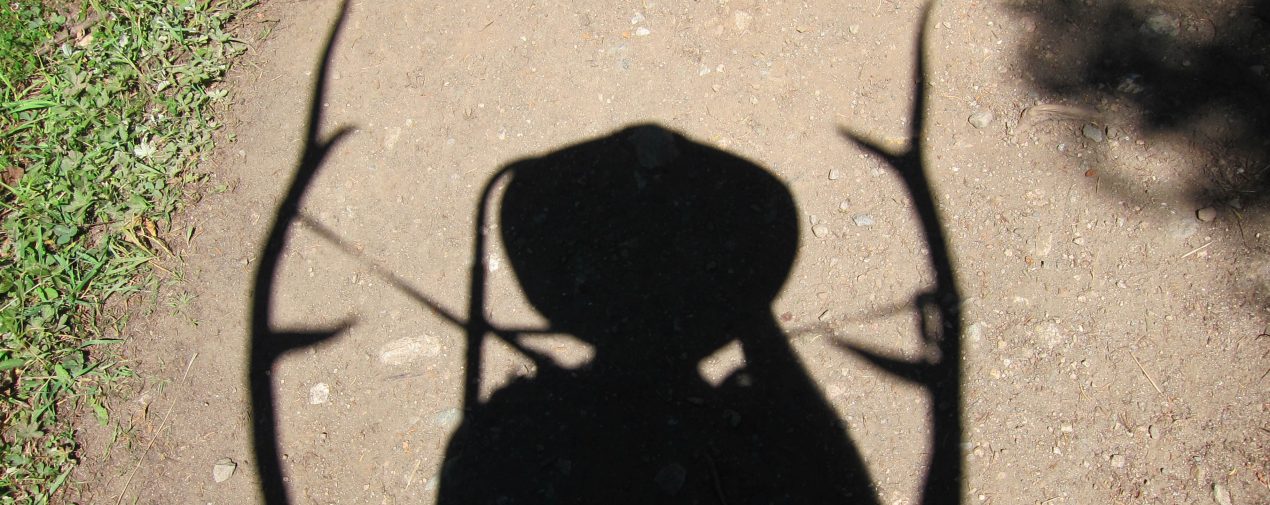Marathon Dinner
“I’ll just stay home tomorrow and get the kids off to school.” I told my wife one evening.
“Are you sure?” she replied. “Feel free to hunt tomorrow if you want.”
With my mother-in-law in town, my wife had a point; she was a veteran of many long seasons, and if I filled my tag while she had help with our kids, the rest of September would be much more pleasant for her.
Trouble was, I had been hunting for two weeks straight and was feeling tired, lazy, and distracted. A long and silent hunt that morning had already burned my legs and a couple of work projects needed attention. Besides, the forecast was dry and windy, the kind of conditions where the sound of pine needles crunching under foot will catch an elk’s ear half a mile away, and scent swirls like a lighthouse beacon. I made sure my alarm was turned off and went to bed, planning a recovery and work catch-up day.
I woke with a start a few hours later and checked the time: 3:45. Fifteen minutes before I’d been getting up every morning. I lay there, trying to go back to sleep, but my wife’s words echoed in my head and thoughts of a lush bench near treeline kept me from falling back into dreamland.
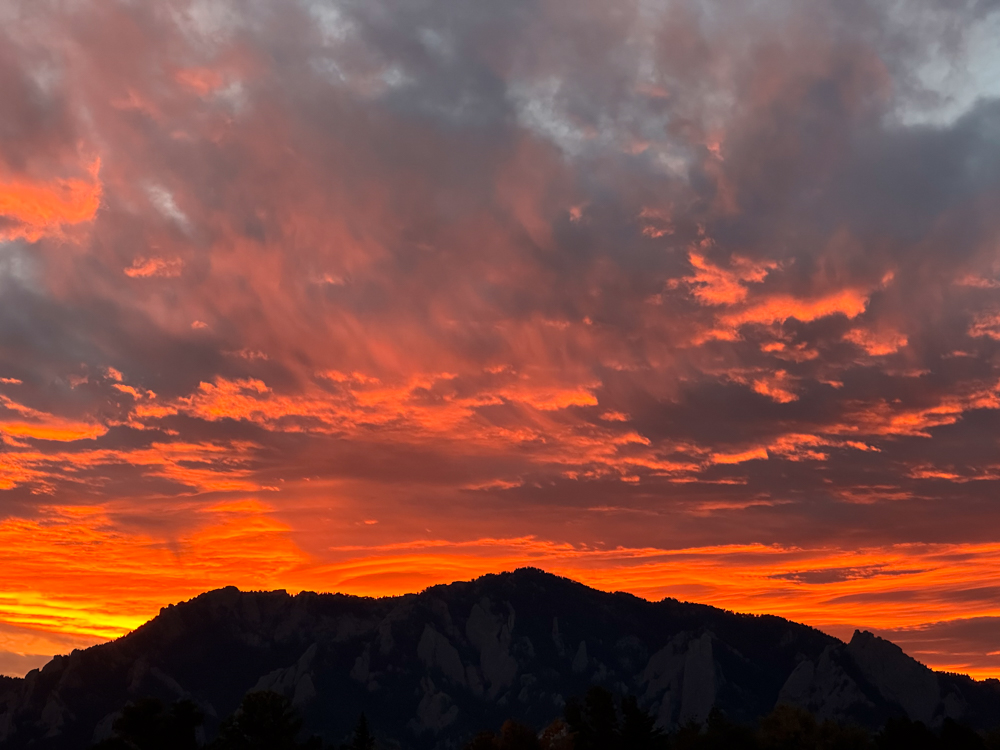
She was right: the best conditions for hunting are not climate or animal related, but rather whenever life gives you the chance, I climbed quietly out of bed and prepared to go big. Besides, who’s gonna argue when your partner tells you to go hunting? Being a Monday, I knew the elk had been harassed all weekend, so I figured it would be a good day to burn some boot leather and go deep into elk country. I neglected to factor in the near-record high temperatures which isn’t a concern on a normal day of archery elk hunting where I come home with all my arrows in the quiver and meat care isn’t a concern.
By the time I hit the trailhead I’d had enough coffee to feel alert but not so much that I’d spend half my morning leaving scent bombs in the woods. A bright moon illuminated the trail enough to make a flashlight unnecessary
Hiking at night has a hypnotic effect. Some miles pass effortlessly, others seem to last forever. Time ceases to matter. In a trance, I almost walked past the place where I planned to leave the trail. A crimson stain spread across the horizon, but the thick forest was still black. Not wanting to turn on my flashlight, nor crash around in the thick timber with the moon obscured by trees, I sat for a few minutes waiting for the bare minimum of daylight to penetrate the forest. The sky took on a truly impossible red hue, as if the earth was bleeding out into space. An omen of the day ahead?
As the gloom retreated, I climbed the steep hillside above. After half an hour of heavy breathing and sweating far too much to fool an elk, regardless of any scent-blocking technology, I found a place with a few shooting lanes and decided to throw my fly in the water. I find calling elk is a little like flyfishing, with a couple of significant differences: first, the fish is huge, and second, having had bears and mountain lions respond to calls, I’m the fly. I mewled my best impression of the horniest cow on the hill, then sat back to see if any suitors would bite.
Much has been written about calling elk, and it can be a successful strategy, but on the heavily pressured public land where I hunt, calling tends to scare away more elk than it attracts. I thought about bugling, but opted for quiet. A good choice. Half an hour later, a proper bugle split the timber.
Although the bull outweighed me by a factor of four, he moved silently across the forest floor; when I travel in the same terrain, I sound like a small marching band. Noiselessly, a long, white tine flashed against a wall of green pines. Now my spot, which had seemed so good just minutes earlier, made me feel both exposed and awkward. But archery hunting always feels like that; even after a lifetime of hard rock climbing, drawing a bow without catching a wary elk’s attention is one of the most difficult moves I’ve ever executed.
The elk came into full view and as his head passed a few scraggly branches, I drew immediately, knowing his movement against the branches would obscure the motion of my arm. I heard the arrow hit with a thud. The elk turned slowly, took a few steps, and settled to the ground. Reality set in. There I was, looking at a 6×6 bull, laying in the sun on top of a steep solar hillside covered in a nightmarish web of fallen trees on one of the hottest days of the fall. At 7:30 am and 11,000 feet above sea level, it was already hot.
I was right at the outer limit of my abilities for shooting an elk in the backcountry and still recover the meat before it spoiled. According to the National Oceanic Atmospheric Administration data from the last 30 years, September is the month with the greatest average temperature increase in the Colorado Rockies. My observations would agree. I used to hunt in the snow at least once each season; now it’s a rare year that I see a snowflake with a bow in my hand. The less frigid mornings are nice, but arrowing a mature bull in a remote area on a south facing mountainside in September starts the clock on a far more frantic race for the freezer than it did 15 years ago.
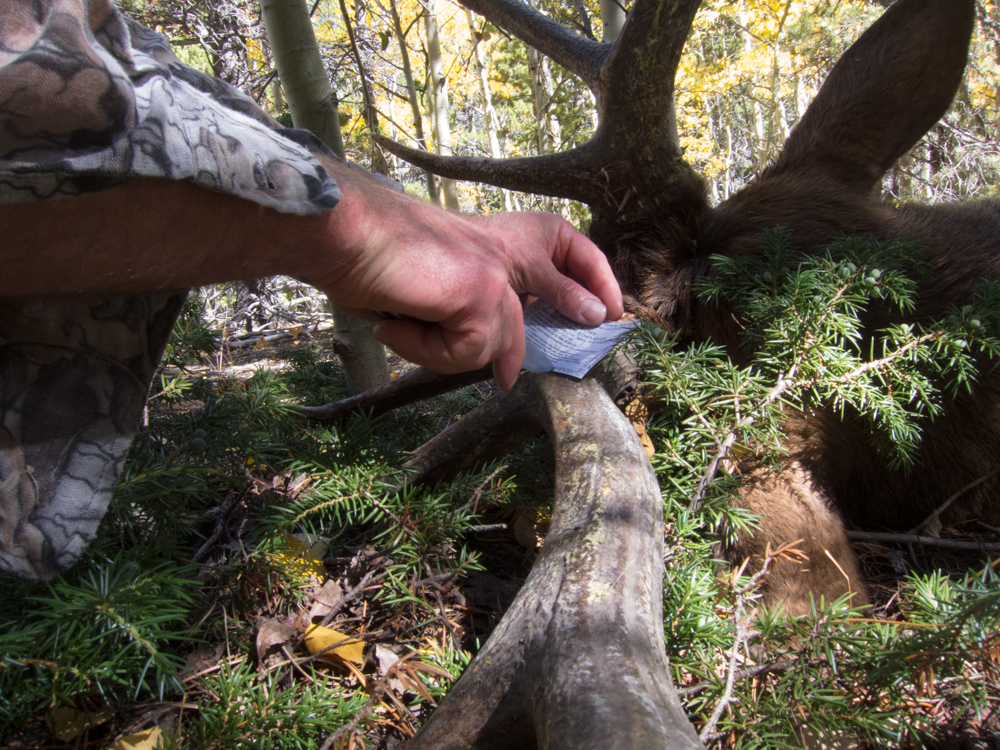
Meat care calculus ensued. My alpine hunting pack is tiny – a protective strategy for my knees – so loading it up wasn’t an option. Normally I would bone-out the quarters and carry only the meat from such a remote location, but based on my algorithm, the fastest way to transport the meat to the cool of my shed (which I insulated for just such eventualities) would be if I carried out the first quarter whole and came back with a pack frame – and hopefully a friend.
I quartered the elk as quickly as I safely could, transporting each one to a thick tree where I hung them in the shade, took off most of my clothes and hung them in the trees around the carcass to send an olfactory message to predators, then headed down the hill with a hindquarter balanced on my shoulder – hoof still attached for a better grip.
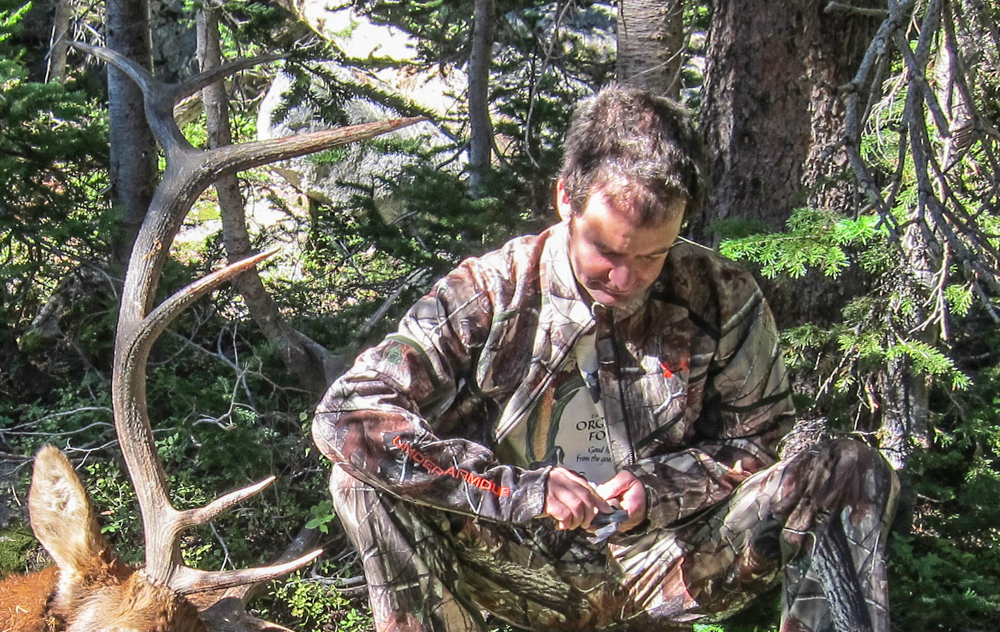
I make a point to share wild game with friends at parties (particularly those with strong legs) and the investment pays off on days like this one. Even with help, it took me four trips, 26 miles and almost 10,000 vertical feet of hiking that day to save a winter’s dinners from spoilage. If I hadn’t been able to recruit a friend, or if the hike had been any more difficult, I would have wasted part of that precious protein. I realize I got lucky, and now I always consider the temperature forecast impact on a possible harvest when making a hunt plan.
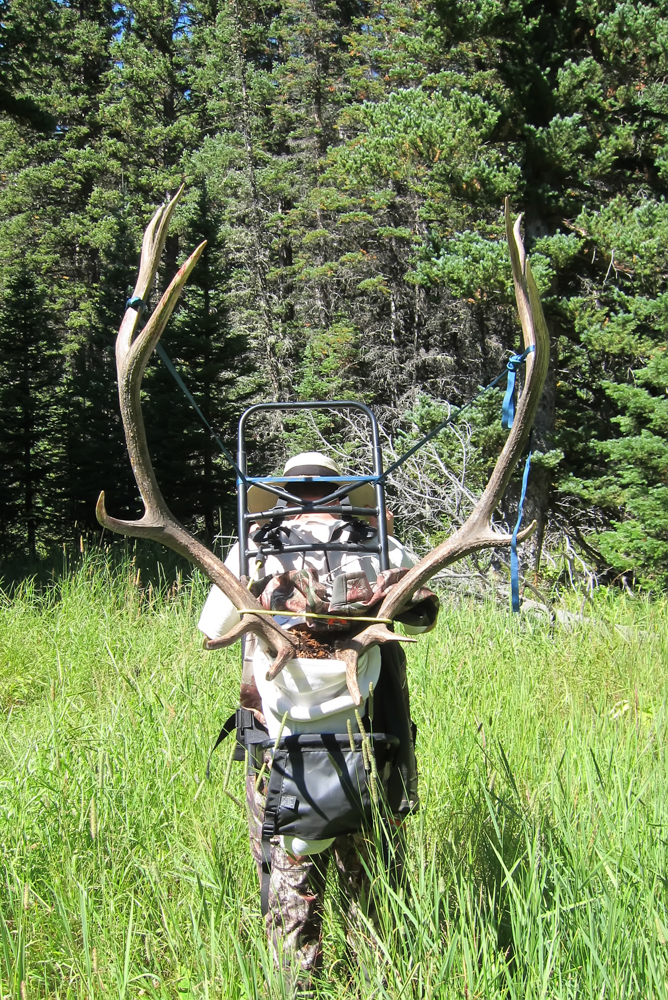
As is usual with such endeavors, I’ve forgotten much of the suffering, but I’ll never forget the hikers I met on the trail with an elk hindquarter Flintstoned over my shoulder. I glanced up from my load, blood on my cheek and sweat dripping from the end of my nose, to see three hippies walking up the trail with beers in their hands. For a moment I wondered if they were about to take drunken offense at the colossal slab of meat hanging over my shoulder. Then one of them saw me and yelled excitedly, raising his beer to me: “You got one! No way! Cheers!”
About the Gear Tester
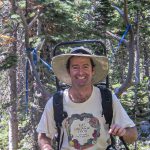
Topher Donahue
Topher Donahue has had three careers, first as a mountain guide, then as a photojournalist, and now as a ghostwriter and author for book projects ranging from medicine and corporate biographies to adventure and innovation. He lives with his wife and twin son and daughter, the 5th generation of the Donahue family to reside in the Colorado Rockies. Although a reluctant social media contributor, he occasionally leaves fresh sign on instagram @topher.donahue and on his website, www.alpinecreative.com.

